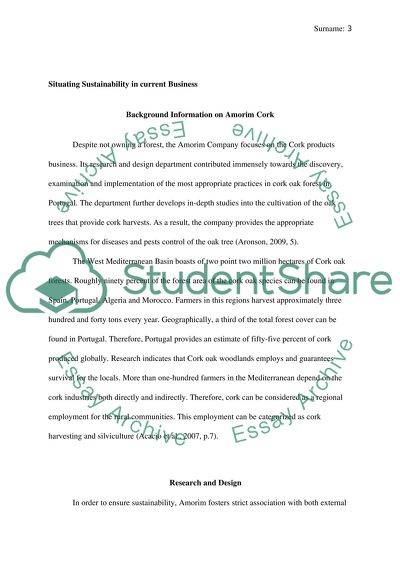Cite this document
(“Meeting the Challenge of Sustainable Business' - Cork Industry in Term Paper”, n.d.)
Meeting the Challenge of Sustainable Business' - Cork Industry in Term Paper. Retrieved from https://studentshare.org/environmental-studies/1690433-meeting-the-challenge-of-sustainable-business-cork-industry-in-portugal
Meeting the Challenge of Sustainable Business' - Cork Industry in Term Paper. Retrieved from https://studentshare.org/environmental-studies/1690433-meeting-the-challenge-of-sustainable-business-cork-industry-in-portugal
(Meeting the Challenge of Sustainable Business' - Cork Industry in Term Paper)
Meeting the Challenge of Sustainable Business' - Cork Industry in Term Paper. https://studentshare.org/environmental-studies/1690433-meeting-the-challenge-of-sustainable-business-cork-industry-in-portugal.
Meeting the Challenge of Sustainable Business' - Cork Industry in Term Paper. https://studentshare.org/environmental-studies/1690433-meeting-the-challenge-of-sustainable-business-cork-industry-in-portugal.
“Meeting the Challenge of Sustainable Business' - Cork Industry in Term Paper”, n.d. https://studentshare.org/environmental-studies/1690433-meeting-the-challenge-of-sustainable-business-cork-industry-in-portugal.


